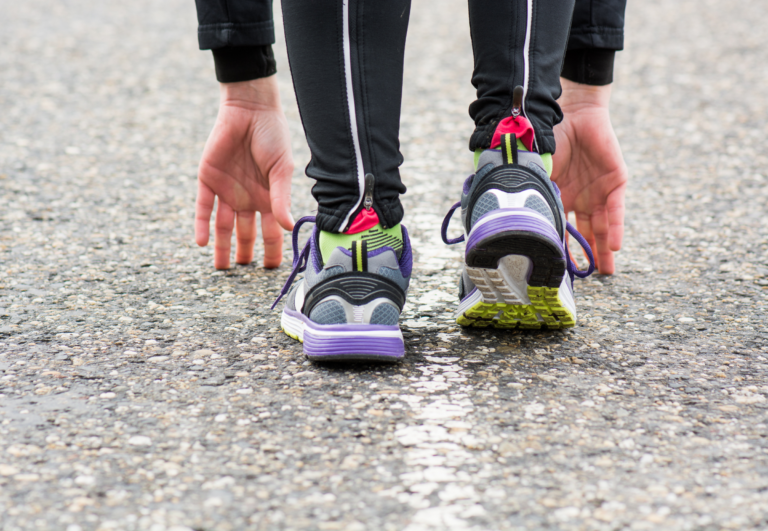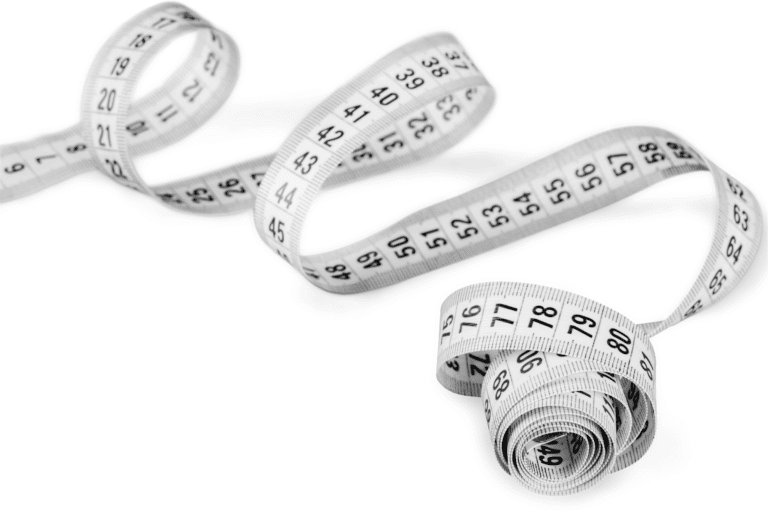What’s the Latest Technology in Trail Running Shoe Design? Exploring Advanced Materials and Features
As a UESCA certified running coach with a profound interest in gear technology, I’ve closely followed the latest advancements in trail running shoes. Understanding the significant strides made in shoe design is crucial for runners at all levels who seek to elevate their trail experience. In 2024, trail runners can look forward to innovations that not only enhance performance but also improve comfort and safety on varied terrains.
Key developments include the integration of responsive cushioning systems and the use of durable yet lightweight materials that offer exceptional grip. Manufacturers are harnessing technologies like carbon fiber plates to provide a springy, energy-efficient run without compromising on traction—a feature once reserved for road-running shoes now adapted for the complexities of the trail. By marrying cushioned support with adaptive soles, this new breed of trail running shoes is engineered to handle rocky paths and muddy tracks, allowing for a versatile transition between different running environments.
This forward motion in trail running shoe technology is shaped by the direct input of world-class athletes and continuous wear testing, ensuring that improvements address the real-world demands of the sport. Today’s shoes are more than just protective gear; they’re sophisticated tools designed to work with the runner’s natural biomechanics, enhancing the trail running journey one step at a time.
Evolution of Trail Running Shoe Technology
The technology in trail running shoes has undergone significant advancements from their inception to the modern high-tech designs we see today. These developments have revolutionized the way runners interact with the trails, offering better protection, comfort, and efficiency.
History and Developments
Trail running as a distinct discipline began to gain traction in the late 1980s. The introduction of Nike’s All Conditions Gear (ACG) range, including the Nike Air Pegasus ACG, marked the beginning of dedicated shoe design for trail running.
With each passing year, I have seen and tested shoes that steadily evolved, offering better traction, stability, and durability suitable for the demanding off-road terrains.
- 1980s: Introduction of specialized shoes for trail runners.
- 1990s: Advancements in traction and stability designs.
- 2000s: Incorporation of waterproof and breathable materials.
- 2010s: Integration of minimalist and maximalist concepts, balancing protection and the natural feel.
- 2020s: Introduction of responsive materials like carbon fiber plates for energy return.
Key Innovations
One of the standout innovations in recent years is the incorporation of carbon fiber plates. Shoes like the Saucony Endorphin Edge use these plates to provide a bouncy ride, reminiscent of road running ‘super shoes,’ yet they are robust enough for the challenges of off-road terrain.
Modern trail running shoes also focus on weight reduction without compromising on durability, which research shows can improve running efficiency.
In my experience, shoe design has become smarter, leveraging various high-tech materials and advanced construction techniques to enhance the trail running experience:
- Materials: Use of advanced materials like carbon fiber for energy return.
- Weight: Reduction of shoe weight, which can significantly affect running performance.
- Cushioning: Designs with varying degrees of cushioning from minimalist to maximalist to cater to different preferences.
- Sole Technology: Multidirectional lugs and sticky rubber compounds for improved grip.
I expect future innovations will continue to make shoes lighter, more comfortable, and more responsive, pushing the boundaries of what’s possible in trail running shoe technology.
Materials and Design
In trail running shoes, recent advancements focus on enhancing midsole comfort, upper durability, and outsole traction. These upgrades aim to improve energy return, breathability, and protection for runners on various terrains.
Advancements in Midsole Technology
Recent midsole design integrates materials like EVA foam and TPU, providing a cushion that is both responsive and durable. A key innovation is the carbon-fiber plate, which offers substantial energy return, aiding a runner’s stride.
Some renowned shoes, like the Hoka One One Speedgoat, utilize proprietary foams that are lightweight and provide consistent comfort over long distances.
Upper Construction and Durability
The upper of trail running shoes has evolved to use synthetic fabrics that offer a balance between breathability and protection. These materials are strategically placed to ensure the shoe is lightweight yet able to withstand the wear and tear of rugged trails.
The utilization of Vectiv technology has been noted in shoes like The North Face Flight Vectivs, enhancing stability and energy efficiency.
Outsole Traction and Grip
Outsoles of modern trail running shoes employ advanced rubber compounds that offer superior grip and traction. The design typically features multi-directional lugs that bite into dirt, mud, and rock to prevent slips. Innovations in outsole technology not only improve safety but also provide confidence when navigating technical terrains.
In practice, these materials and designs manifest as shoes that equip runners with the technology to tackle challenging trails with increased efficiency and comfort.
Performance Enhancement
Trail running shoes have evolved to boost runners’ performance by enhancing energy efficiency, improving stability and support, and advancing the understanding of footwear biomechanics.
Energy Efficiency and Return
I’ve noticed that the latest trail running shoes focus heavily on energy return. This is the shoe’s ability to absorb the shock of the foot strike and convert it into forward motion.
Materials like BOA Technology’s PerformFit Wrap and Saucony Endorphin Edge employ new, resilient foams and carbon fiber-infused plates that contribute to a snappy ride. As a result, runners can maintain a better running economy, experiencing less fatigue over the same distance.
Stability and Support Features
Stability is a major factor in trail running shoes to prevent ankle rolls and other common injuries. Manufacturers are incorporating features like midsole wraps and dual-dial configurations for precise adjustments, creating a locked-in feel.
For instance, the BOA PerformFit Wrap provides a secure wrap over the midfoot, ensuring that the heel is locked in position. This support significantly aids in stable strides over rugged terrains.
Footwear Biomechanics
Understanding the biomechanics of running has been crucial in designing trail shoes. The Asics Fuji Lite 3, for example, takes into consideration the runner’s stride, offering a shoe that feels closer to the ground.
By doing so, it meets the needs of those focused on performance through natural foot motion. This biomechanical approach aims to foster a more intuitive running experience, where the shoe works in harmony with the foot’s natural movements.
Shoe Technology for Athlete Needs

When selecting trail running shoes, athletes should focus on advancements specifically designed for varying trail conditions and personal fit preferences. The latest shoe technologies cater to these factors, enhancing both performance and safety.
Variations for Different Trail Types
- Hard-packed Paths: Footwear with optimized traction systems provide stability and grip.
- Technical Trails: Look for shoes with enhanced toe protection and durable uppers to withstand rugged terrains.
For every type of trail, selecting a shoe with the right kind of cushioning and support is crucial. Recent innovations in midsole foams, such as Hyper Burst, are engineered to offer resilience and responsiveness, adapting to different trail surfaces.
Customization and Fit
- Foot Measurements: Accurate foot sizing is the first step to a good shoe fit.
- Custom Insoles: Optional for additional support and comfort tailored to individual foot shapes.
An ideal fit is about more than just size; it’s about providing comfort without sacrificing protection. Advanced designs integrate snug, adaptive uppers that secure the foot, minimizing internal movement that could lead to blisters or discomfort during long runs.
Throughout the development of these running shoes, feedback from the trail runner community is invaluable. They contribute to the continuous improvement of footwear, ensuring that the support and fit meet the diverse needs of athletes.
Sustainability in Trail Running Shoe Industry
As a UESCA certified running coach with a keen focus on trail running, I’ve observed a compelling shift towards sustainability in the shoe industry. Trail runners value the natural environment they run in, and there is a rising demand for shoes that reduce environmental impact while enhancing natural foot movement and incorporating innovative design.
Eco-Friendly Practices and Materials in Trail Running Shoes
Eco-Friendly Practices:
Running shoe manufacturers are significantly advancing their production methods to limit carbon emissions. A running shoe’s carbon footprint is substantial, with most emissions stemming from the manufacturing process. In response, companies are exploring innovative ways to reduce these emissions.
Materials:
- Recycled Materials: The use of recycled plastics and sustainable textiles has become increasingly common in trail running shoes.
- Bio-Based Components: Developing materials derived from natural resources is aimed at minimizing the reliance on petroleum-based products.
- Sourcing: Ethical sourcing of raw materials underscores the sustainability ethos, with brands ensuring they do not contribute to environmental degradation.
Natural Foot Movement:
Trail running shoes are designed with an emphasis on allowing for natural foot movement. This approach not only provides a more comfortable and responsive experience for runners but also aligns with the minimalist design philosophy that often requires fewer materials and reflects a sustainable mindset.
Design Innovations:
In the pursuit of durability, companies such as New Balance are implementing services for cleaning and repairing running shoes, potentially extending their longevity.
This approach is consistent with sustainability principles, aiming to reduce waste and promote a circular economy within the industry. Design choices that emphasize versatility and durability are stepping stones toward a more sustainable future in trail running shoe production.
Brand initiatives coupled with sustainable design innovations signify the industry’s commitment to environmental stewardship. As a coach, I encourage runners to consider these eco-friendly advancements when selecting their trail running shoes, knowing that their choices can contribute to preserving the environments they cherish.






